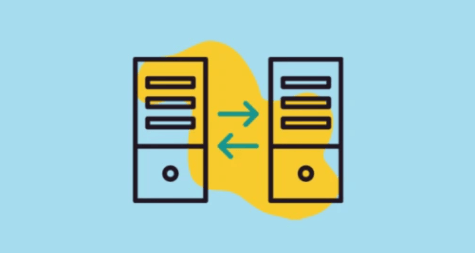How does Raysync Ensure the Security of DCP Movie and TV File Transfers
March 18, 2024In an era where digital content distribution has become the backbone of the entertainment industry, the security of Digital Cinema Package (DCP) movie and television file transfers is paramount. This article delves into how Raysync, a leading solution in the field, addresses the unique challenges and ensures the utmost security in the transfer of these critical files.
The Unique Features of DCP Movie and Television File Transfers
DCP file transfers for movies and television are characterized by their large file sizes, high-quality content, and the need for stringent security measures. These files contain the final, high-resolution versions of films and shows, often with multiple audio tracks, subtitles, and metadata, making them both valuable and vulnerable to unauthorized access and piracy.
The Importance of Security in DCP File Transfers
The security of DCP post movie and television file transfer is crucial for several reasons. Firstly, it protects intellectual property rights, ensuring that creators and rights holders are the only ones who benefit from their creations.
Secondly, it preserves the quality and integrity of the content, preventing unauthorized alterations or degradations.
Lastly, robust security measures maintain audience trust by ensuring that only the intended final versions are viewed in cinemas or through broadcasters.
Raysync – Best DCP Movie and TV File Transfer Solution
Traditional movie file transfer methods (such as FTP and HTTP) are easily affected by data size, transfer distance, and network conditions. Raysync stands out as the optimal solution for secure DCP file transfers by incorporating advanced technologies and protocols designed specifically to tackle the challenges inherent in the process. Here’s how Raysync ensures security:
-
End-to-End Encryption: Raysync utilizes AES-256 encryption, providing end-to-end security for files both at rest and in transit, ensuring that data is unreadable to unauthorized parties.
-
TLS Encryption for Data Transmission: To protect data during transmission, Raysync implements TLS (Transport Layer Security) encryption, safeguarding data from interception and eavesdropping.
-
Robust Authentication Protocols: Raysync enforces strong authentication mechanisms, requiring users to verify their identity through secure methods before granting access to file transfer functionalities.
-
Data Integrity Verification: To ensure the completeness and accuracy of the transferred files, Raysync performs integrity checks, detecting any alterations or corruption during transmission.
-
Granular Access Control: Raysync allows administrators to define detailed access rights and permissions, controlling who can access, send, and receive files, thus minimizing the risk of unauthorized access.
-
Secure File Handlung Practices: Raysync ensures that files are handled securely throughout their lifecycle, including secure deletion practices that prevent unauthorized recovery after transfers are complete.
Through these measures, Raysync ensures a high level of security, reliability, and efficiency in the transfer of DCP movie and TV files, addressing the film industry's need for a secure and effective file transfer solution.
Conclusion
In the landscape of DCP post movie and television file transfer security, Raysync emerges not just as a solution but as a cornerstone of trust and reliability. By marrying advanced security measures with high-speed transfer capabilities, Raysync addresses the industry's dual need for efficiency and protection. As digital content continues to be the linchpin of the entertainment sector, solutions like Raysync are indispensable in ensuring that creativity and rights are safeguarded in the digital realm.
You might also like

Raysync News
June 17, 2022This article details several file sync methods for Window 11, how to choose the most effective file sync method? Click to learn more!
Raysync News
November 27, 2023File synchronization is the best way to access the latest, up-to-date files across multiple devices with multiple individuals. Read on to learn more about it.
Raysync News
December 18, 2023Difficulties faced by the automotive industry in data management in the new era and solutions.